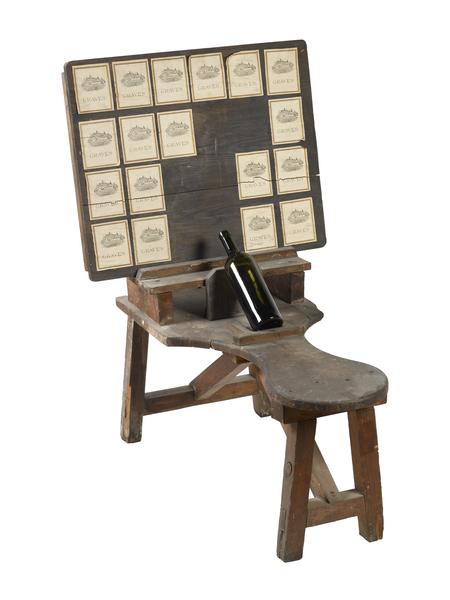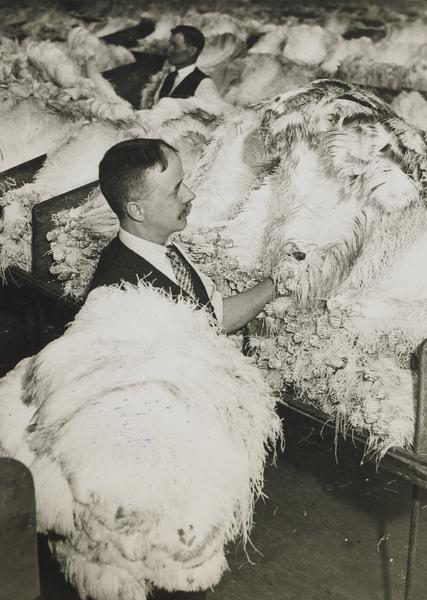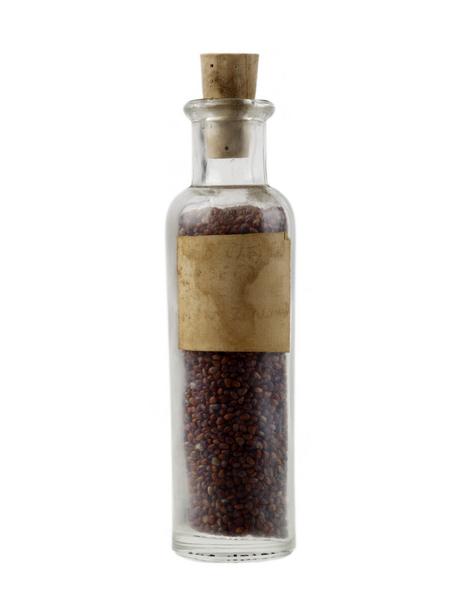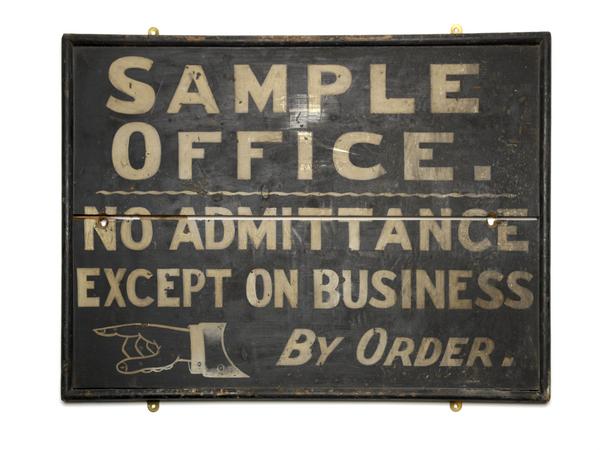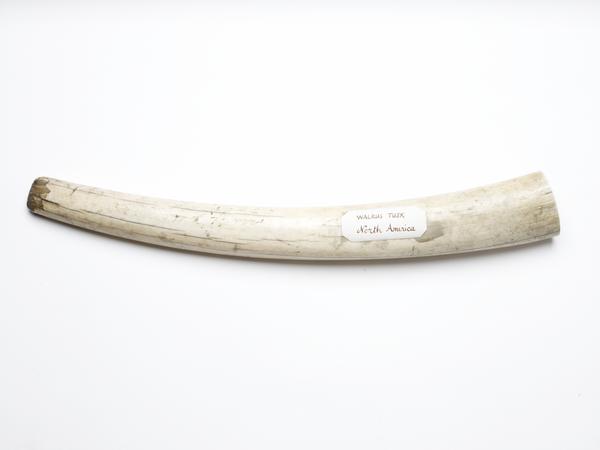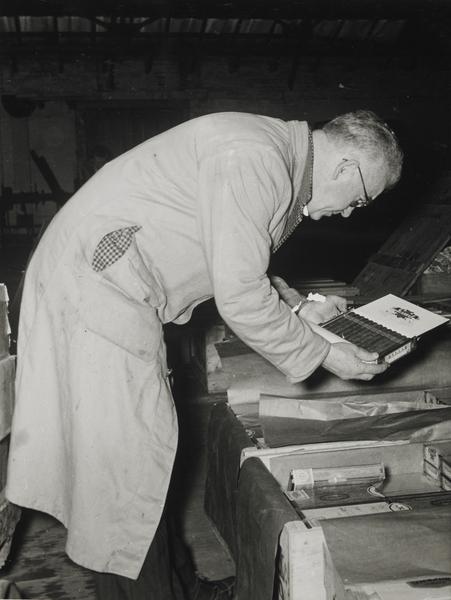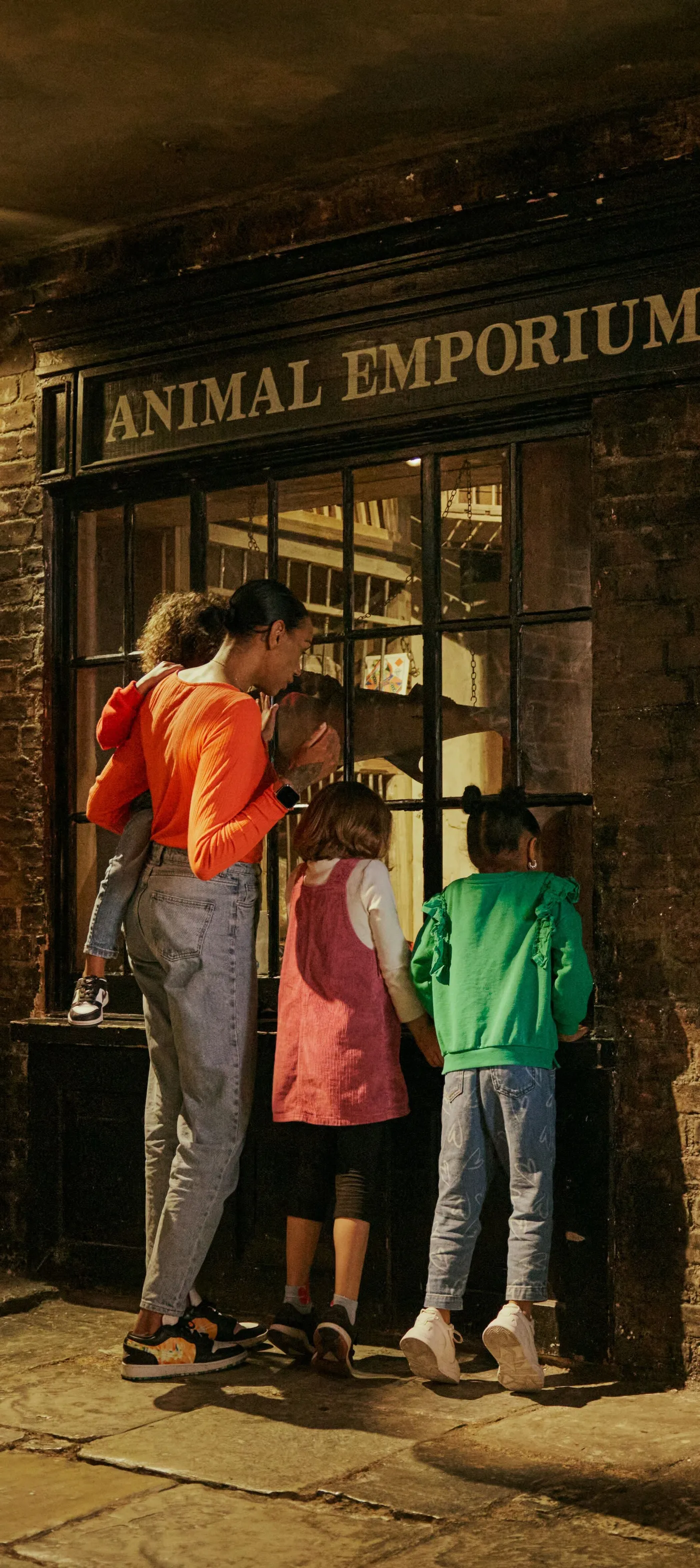Inside the Cutler Street Warehouses
The Cutler Street Warehouses in Houndsditch, City of London, stored goods imported from across the world between the late 1700s to the 1970s. Wine, cigars, spices, silks, ostrich feathers, elephant tusks – all sorts came here to be processed and sold after being shipped into London’s docks. These 20th-century photographs give us a glimpse into the history of the city’s trade and Britain’s imperial exploits.
City of London
Late 1700s to 1970s

The warehouses were built by the East India Company
The East India Company was a powerful and exploitative British corporation that dominated trade between Europe and Asia from the early 1600s to the mid-1800s. It plundered and effectively colonised much of South Asia, generating wealth for many Britons and the City of London, where its headquarters were based.

The buildings stored goods from across the world
The company’s warehouses stored goods offloaded from its ships, known as 'East Indiamen', at the East India Docks in Blackwall, east London. Once unloaded, the goods were transported inland to the company's warehouses on Cutler Street, one of a number of warehouses it owned. The company held a monopoly on all British trade with Asia until its exclusive rights over India were ended in 1813.
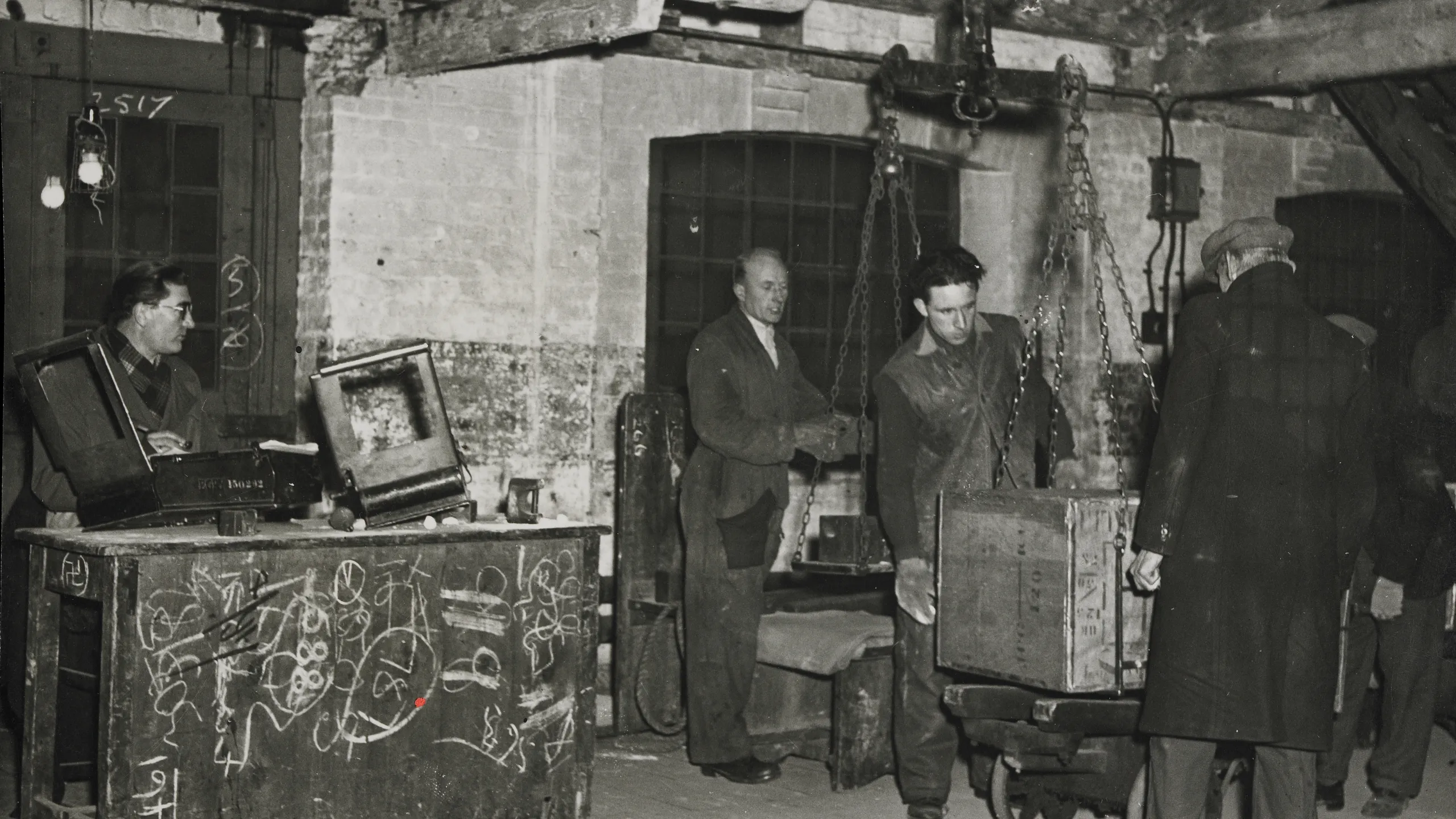
Weighing and measuring tea
The stuff being weighed here in 1951 is tea – one of the main goods imported into London. Tea drinking became hugely popular from the 1700s, and the company wanted to meet this enormous consumer demand. The East India Company funded its Chinese tea imports by smuggling Indian opium into China and selling it illegally. By 1839, the company’s opium profits paid for the whole tea trade. From the late 1800s, India became the main source of tea.

The warehouses changed ownership
In 1835, the warehouses were bought by St Katharine Docks, which was a short distance west along the north bank of the River Thames. The British empire expanded over the 1800s, and so did the variety of goods that passed through Cutler Street. In 1908, the warehouses were taken over by the newly established Port of London Authority, who once operated many London docks and still manage traffic on the river.

Servicing the ostrich feather trade
Ostrich feathers had been a sought-after fashion accessory among the European elite for hundreds of years. But demand soared from the late 1800s until the outbreak of the First World War in 1914. London was a hub for manufacturing feather products, particularly those imported from British colonies in South Africa. The feathers were divided into different classes before being sold on.

Bottling and corking
Wine and port was brought into the London Dock in Wapping in bulk. It was then bottled and labeled for company's like Sandemans in warehouses like those at Cutler Street. This photo shows a production line of workers bottling wine into miniatures.

The Curio Floor
The warehouse had a floor dedicated to exhibiting and selling Japanese and Chinese ‘curios’, including ornaments and artwork.

Inspiring poetry
Poet John Masefield visited the warehouses in 1914. He wrote: “You showed me nutmegs and nutmeg husks / Ostrich feather and elephant tusks… More cigars than a man can count / A billion cloves in an odorous mount / You showed me for a most delightful hour / The wealth in the world and London’s power”.

The decline of the docks
Trade through the Port of London peaked in the mid-1960s. The introduction of new cargo-handling technology and larger container ships eventually led to the closure of all docks within London. The Cutler Street Warehouses were partly demolished and redeveloped, mostly into offices, from 1978 to 1982.


